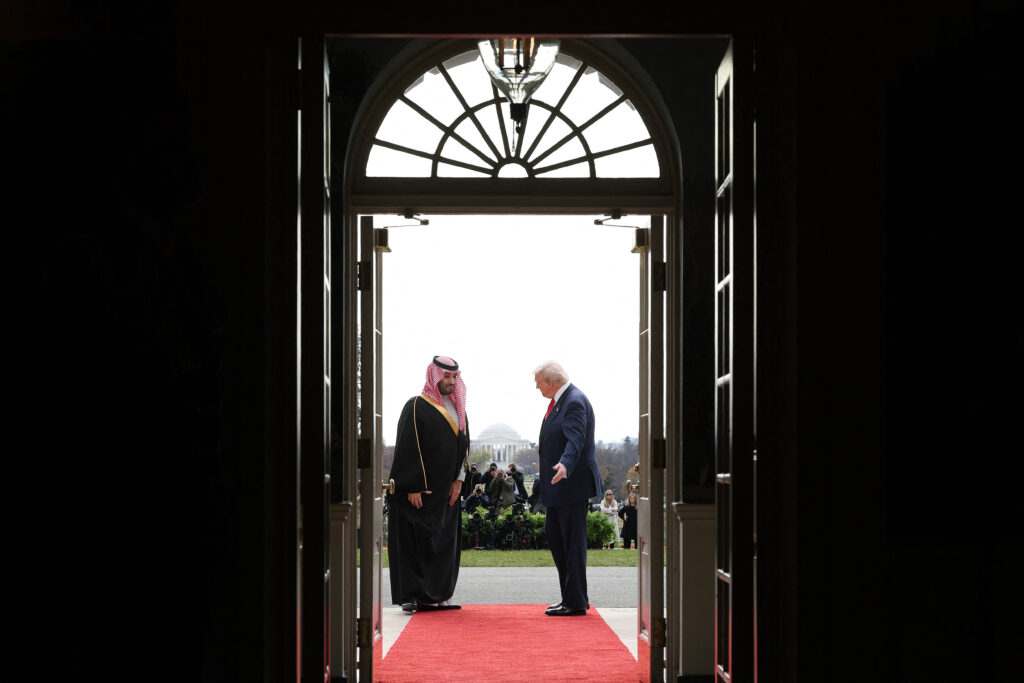In this blog series, MEI Visiting Research Fellow Martin van Bruinessen writes about the curious significance of the peacock across cultures from the Middle East to Southeast Asia. This third part explains the relationship between Yezidis and Hindus through the peacock.
Following the Trail of a Peacock, from Northern Iraq to Singapore and Beyond (part 3)
- -

How these Indian mass-produced brass peacock lamps, or the cult of Murugan, made the connection with Yezidism and the Yezidi sanjaq remained a mystery to me, but an exchange of e-mails with Eszter Spät this month provided many fascinating hints. She wrote that she had actually seen Indian-made peacock lamps in Yezidi homes and had noticed people kissing them like they would the Yezidi sanjaq – even though they were aware that these were different objects. She believed that these peacock standards had been brought back by Yezidis who travelled to India. She even sent me a few photographs of these Indian peacocks in their new Yezidi environment.

Indian peacock lamp standing beside a miniature shrine,
Bozan, Northern Iraq. Courtesy Eszter Spät.
Eszter also told me of the existence of a small US-based group that appeared to be actively promoting the idea of a spiritual connection between Yezidism and Hinduism, presenting the Peacock Angel and Murugan as manifestations of the same spiritual essence. Though perhaps consisting of less than a handful of individuals, they have some visibility due to a number of lavishly illustrated websites that come up high in Google searches for “Yezidis” and “Hinduism” or “Murugan.” Browsing these websites, I thought they breathed a typical American, New Age spiritualist , pan-religious atmosphere, although some of the pages appeared informed by serious scholarship on the cults of Murugan and the gods with whom he is identified in the Indian tradition. Most of the information on Yezidis and their beliefs and religious practices, however, appears to be based on a selective and superficial reading of the older academic and popular literature.

“Yezidis and Hindus revere Malik Taus or Skanda-Murugan, the Peacock Angel King”
A page of murugan.org, showing on the left a recently designed emblem of Yezidism,
and on the right a nineteenth-century representation of Murugan and his mount, the peacock.
In October 2014, when the Baba Sheikh, the highest religious authority of the Yezidis, was in Washington DC to speak to politicians about the genocide committed by ISIS against his community, members of this group apparently arranged for him to visit the Murugan temple in Washington. The video footage made of that visit documents one of the strangest inter-religious meetings ever. The Baba Sheikh does not appear to have much of a clue as to what goes on in the temple, but he recognizes the peacocks and, at a request, utters a Yezidi prayer in Kurdish. For the temple personnel, the peacock lamps do not appear to have any of the sacred significance that they have for the Baba Sheikh.

The Baba Sheikh at the Murugan Temple in Washington DC.
(Source: http://yezidipost.com/2016/03/24/yezidis-hindus-make-common-cause-peacock-angel-yezidi-baba-sheikh-washington-dc-murugan-temple/)
The video and photographs of the Baba Sheikh’s temple visit were copied on several Hindu as well as Yezidi websites, some of which explicitly spoke of a reunion of Yezidism and Hinduism. The event may well have contributed to an increasing mutual interest between Yezidis and certain Hindu groups. Not much later, another video clip was posted on YouTube that showed two Yezidis addressing a Conference and Gathering of Elders in Mysore, India, and uttering Yezidi prayers in Kurdish. The comments by viewers are fascinating. Mast Maula writes “Long live Yazidi hindu brothers;” Keshav R adds, “Dear Yazidi people, come to india as friends and settle down. Escape abrahamic persecution.” Uma Sarat says, “Like the Parsis, Yazidis deserves support and opportunity to settle down in Mother India and prosper. They will be a positive tribe for India.”
To be continued in part four.








